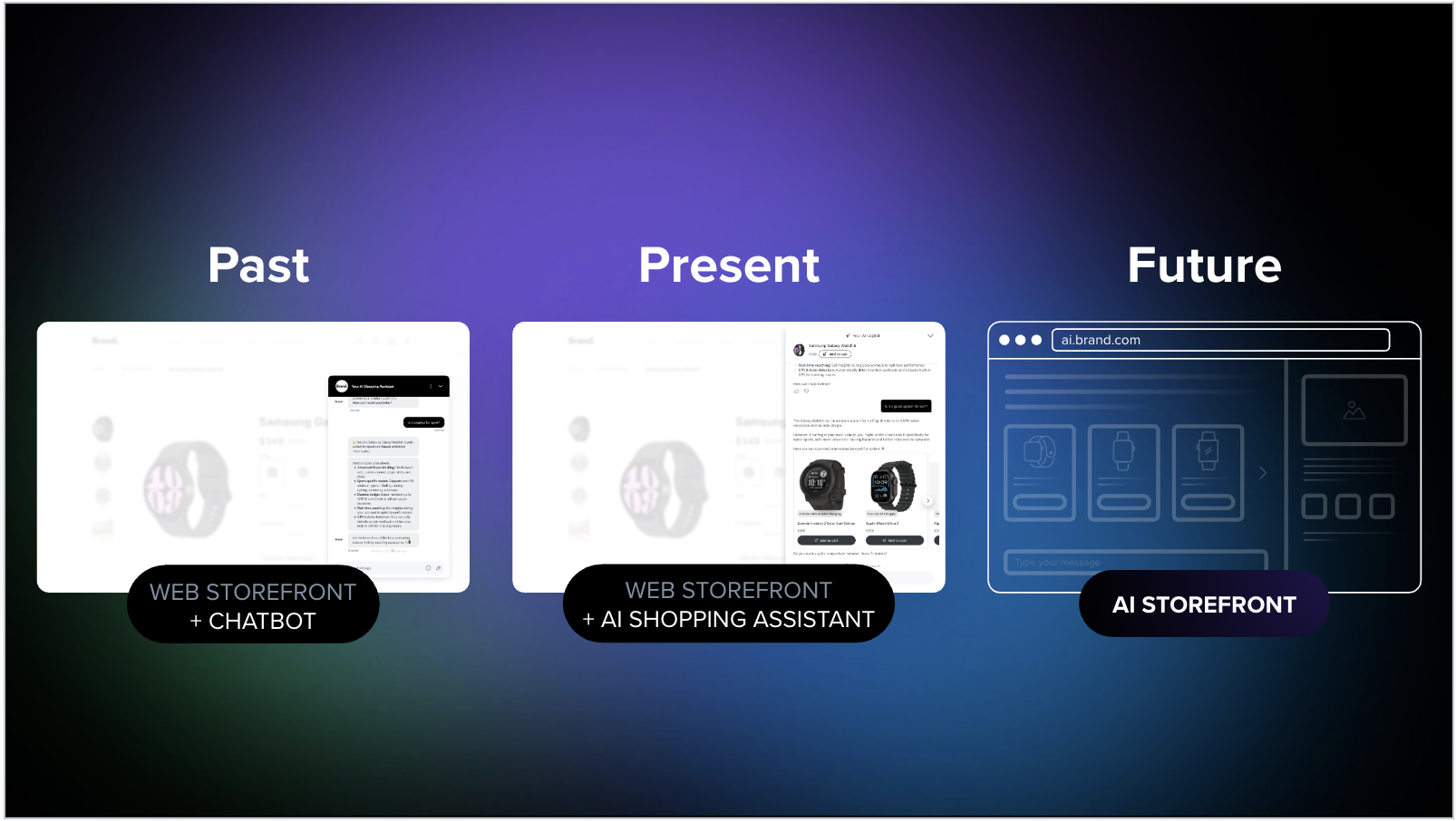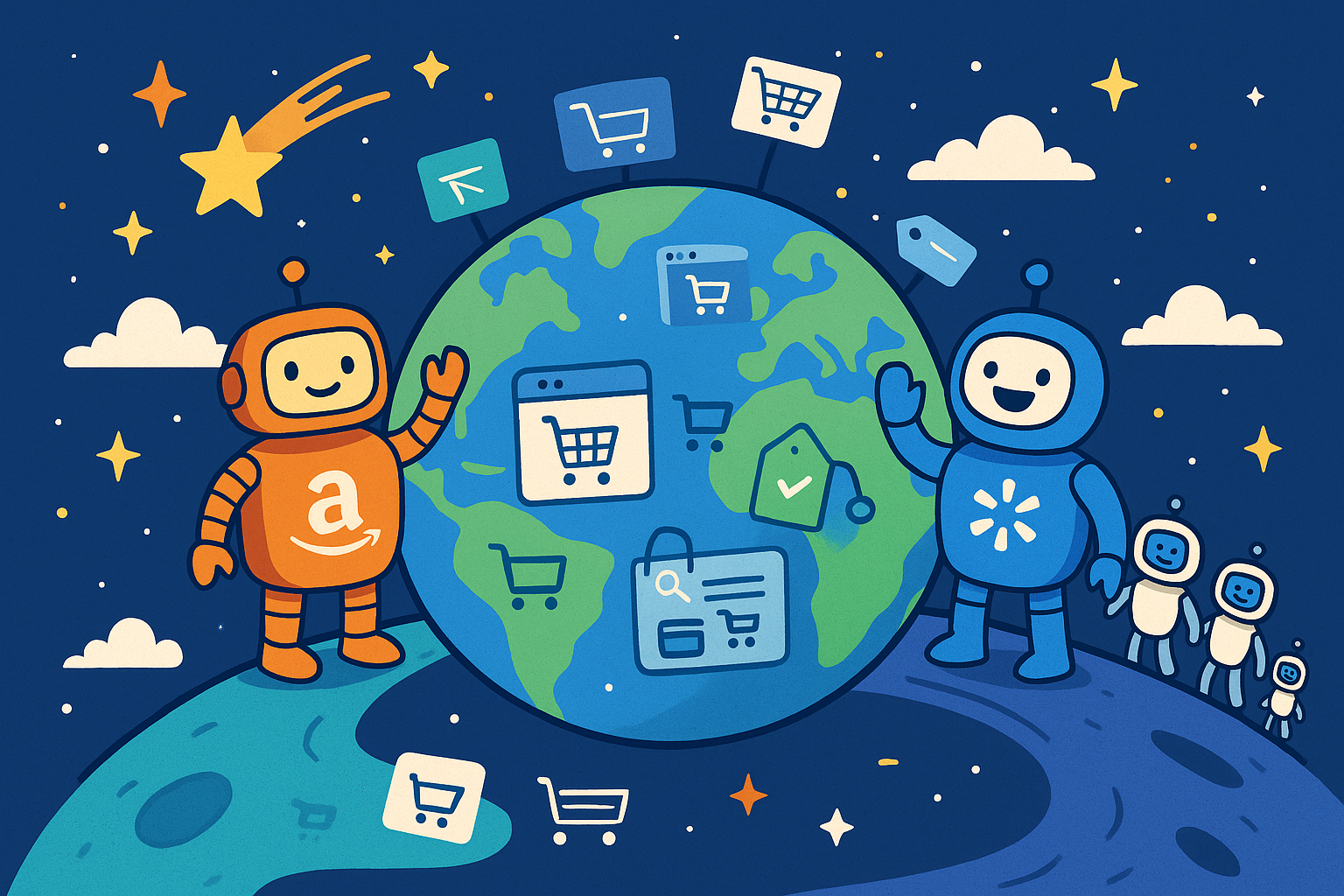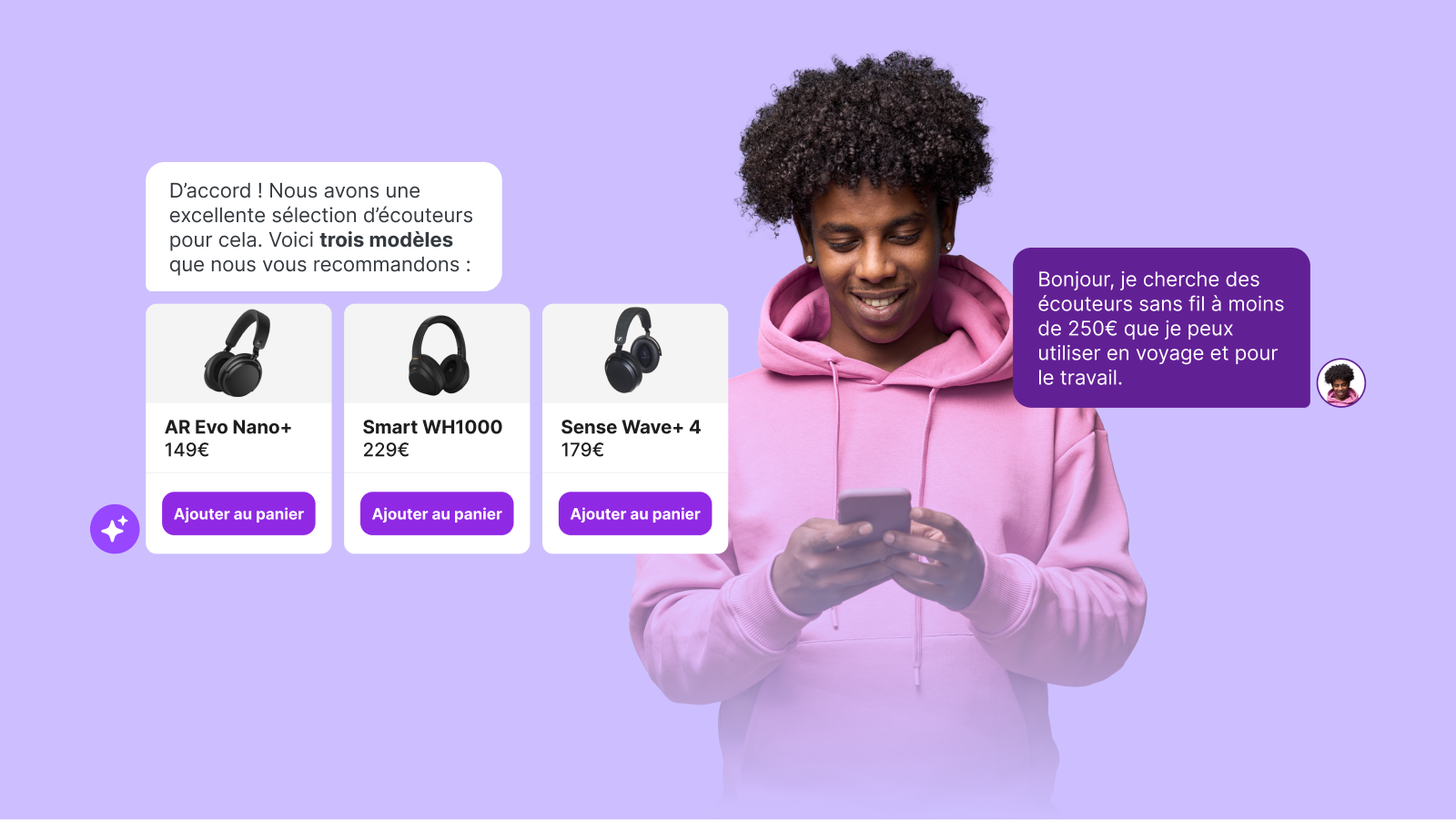Crafting a Chatbot Strategy: 5 Essential Questions to Address
iAdvize

With the global chatbot market booming--Grand View Research (GVR) valued it at $430 million in 2020 and has since increased--and a notable surge in AI chatbot adoption within digital retail, creating a robust and comprehensive chatbot strategy that fosters long-term retention is paramount.
AI Chatbots: A Transformative Retail Force
Chatbots are undeniably revolutionizing retail, demanding immediate attention and strategic planning from retailers to optimize the implementations of these tools for their digital customer experience. However, the prevalent availability of traditional chatbot technology may fall short for contemporary retail brands. Gone are the days when chatbots were mere “set-it-and-forget-it” tools. Now, they require thoughtful integration and continuous refinement to ensure that their full potential is met.
GVR projects a 24.9% compound annual growth rate (CAGR) through 2028. Other data from Fortune Business Insights identified a similar trajectory, placing the global chatbot market at $1,953 million by 2027.
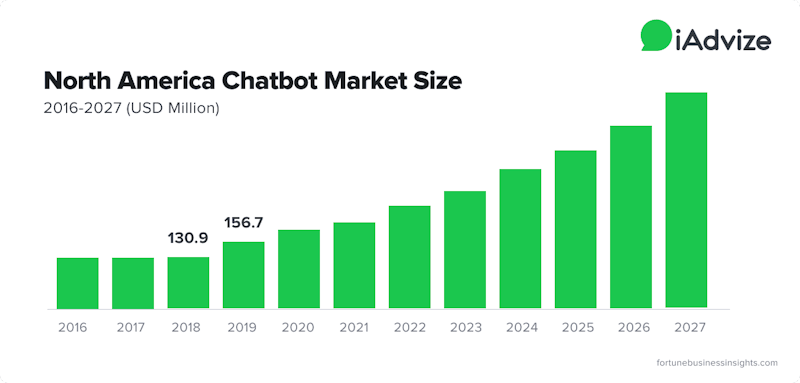
Before diving into any implementation or upgrade projects, retailers need to visualize the broader picture and address five pivotal questions that will help them formulate a comprehensive and results-driven chatbot strategy.
Question #1: Defining the Purpose of Your Chatbot Deployment
The essence of any chatbot initiative lies in understanding the "why" before the "what." Knowing why you are deploying generative AI-powered technology ensures a purpose-driven approach to meet objectives like enhanced digital service, reduction in cart abandonment, cost-effective customer interaction, and 24/7 customer greeting capabilities.
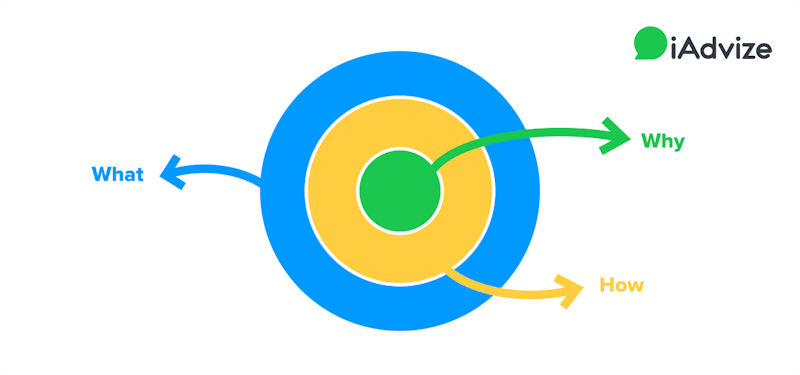
The problem is that it’s easy to start with the “what” when implementing any type of program. In the case of an AI integration initiative, the “what” is, simply, implementing a chatbot. This is something that can be accomplished without much thought or planning. However, in order for this to be successful and to see long-term benefits, you have to take it a step further.
A great first step is to ask yourself the "why." This will help you define your purpose for your chatbot deployment and guide you towards the right implementation approach. Some of your goals might be:
- Delivering more streamlined online customer service
- Lowering cart abandonment and increasing conversions
- Deflecting inbound calls to your contact center to reduct costs
- Providing 24/7 coverage to all online
The Different AI Chatbot Categories
Solutions to the issues above can help you define which types of chatbots you'll need. These digital tools can be segmented into distinct categories based on their complexity and functionality.
In general, chatbots fit into three categories, each with distinct characteristics and purposes:
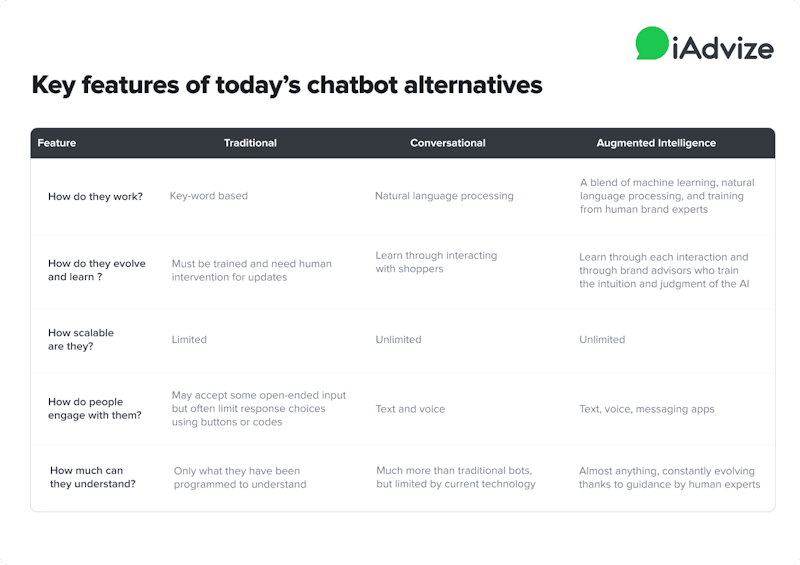
Traditional chatbots excel in addressing basic inquiries, while generative AI-powered conversational bots are adept at comprehending and responding to more intricate user needs. Assessing user interaction on different webpages enables retailers to implement the right mix.
Question #2: Identifying the Right Chatbot Solution
Determining the right chatbot solution is crucial. Gartner categorizes chatbots into a “sophistication continuum,” emphasizing the need to align chatbot technologies with specific use cases and industries.
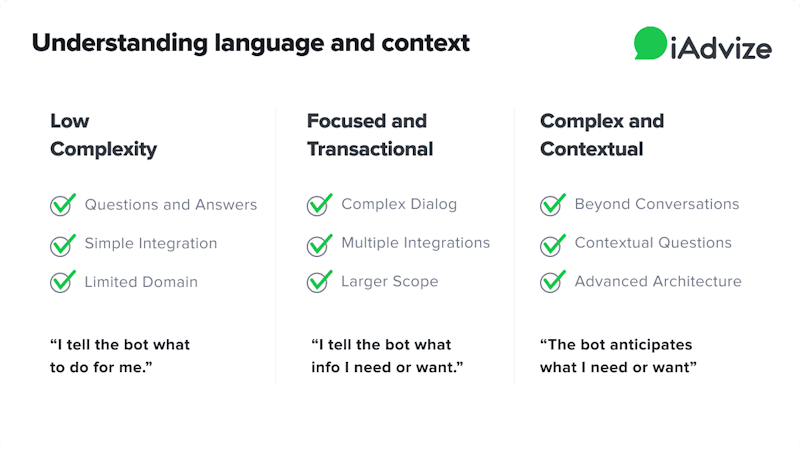
Gartner also points out that you’ll need to think through use cases for your chatbot when considering different options. While some solutions are broad enough to support any use case, others focus on specific verticals or industries, or only target unique tasks, like appointment scheduling or ticket booking.
What’s the right path for retailers? Most likely, chatbots with limited functionality won’t fulfill all your needs over the long term. Retailers should lean towards AI-powered tools capable of understanding a spectrum of user queries and delivering precise actions, including seamless handoffs to human experts, like on-demand brand advocates or customer service representatives.
Question #3: Building Your Chatbot's Knowledge Base
The difference between traditional and conversational generative AI chatbots is profound. While the former relies on predefined scripts and doesn’t learn from interactions, the latter evolves with every conversation using advanced technologies like machine learning and natural language processing (NLP).
These bots can be implemented swiftly using an intent library fine-tuned to your industry, learning and adapting through continuous interactions and coaching.
Traditional Chatbots
Also known as rules-based or transactional chatbots, these tools feature a playbook of rules established on the back-end of their interface. They work by presenting users with a set of options and respond based on the input they receive. Each action by the user leads to predefined next steps.
These bots rely on input from teams that program user questions and script anticipated responses. In setting up the bot, teams establish decision trees and keywords to cover expected visitor queries. While new releases can expand the bots' knowledge set, they don’t learn proactively based on user interactions.
Conversational Generative AI Chatbots
These bots are far more sophisticated than their rules-based counterparts. They use generative AI, machine learning, and natural language processing (NLP) to evolve their awareness of human language over time. Instead of depending on pre-determined, scripted outcomes, they seek to understand user intents first.
If you engage with a bot like this, it will try to understand your intent upfront, and deliver, what it thinks is, the best reply based on existing data and past interactions. As the bot observes how people react to its responses over time, it learns and modifies how it engages on similar issues going forward.
Question #4: Understanding Your Audience
Comprehending your target audience is pivotal when designing your chatbot strategy. You’ll need to know whether you’re targeting current customers, pre-sales audiences that you want to convert–or a mix of both. This information influences where the bot invitations are placed on your e-commerce website—be it on home pages for existing customers or on product pages for potential buyers.
Recognizing the audience also aids in tailoring the chatbot’s personality to resonate with users, creating a more engaging and relatable interaction. How can you get your bot’s personality just right? One approach is creating a bot persona profile, similar to a marketing persona one might create for a target audience:
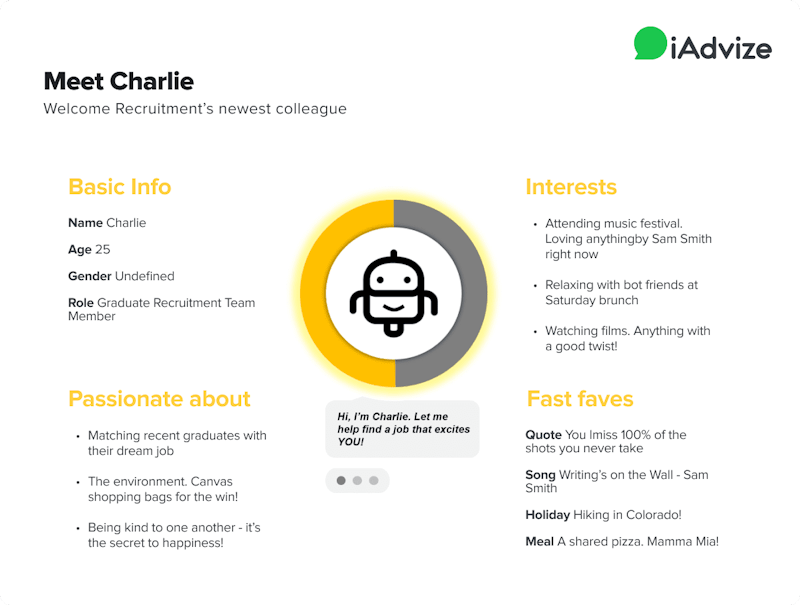
Source: Chatbots Magazine, The Ultimate Guide to Chatbot Personality
One example of a brand with a distinctive chatbot personality is Sideshow, a pop-culture collectible manufacturer. When customers need support or have a question on Sideshow.com, they're met with a friendly droid chatbot. If the droid can’t help right away, it whisks visitors off to a product expert to help them complete their 'quests.'
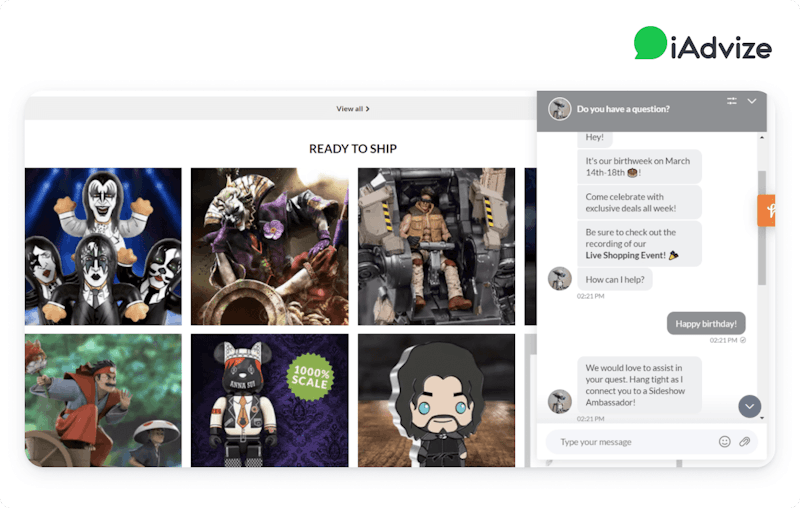
Question #5: Seamless Transition to Human Interaction
Traditional bots are great at simple Q&A, but they fall short when user needs are intricate. In such scenarios, a smooth transition to a human agent is vital. All too often, however, visitor needs are too complex for a bot to accurately handle on its own. When this happens, users can get frustrated, especially if bots don’t interpret their concerns accurately or provide repetitive answers. As IBM points out, bots need to recognize their own limitations.
Perhaps the most human thing we can imbue into our bots is the knowledge of their own limitations. In other words, bots should know when to ask for help from a human agent when they’ve received a request that extends beyond their capability to respond satisfactorily.IBM
In these situations, a seamless bot-to-human handoff is a must. Chatbots need to detect signs of user frustration and should know when to propose a connection with a human agent, all while ensuring a smooth, wait-free, and transparent experience.
Following a few best practices can help ensure that users receive the support they need:
- Identify when users are growing frustrated: Chatbots should be able to identify actions and phrases that can indicate that the customer may be hitting a frustration point. Indicators may be visitors using the same keyword phrase multiple times or using words like “annoyed,” “worthless,” or “stupid.”
- Acknowledge the bot’s limitations: If the chatbot has run out of options and can’t offer further assistance, let the user know. Ask the user if they would like to connect with a human agent.
- Don’t make users wait: Proactively offering live support is better than trying to deflect human interactions. When users do opt for support, connect them as quickly as possible–and be transparent about any wait times.
- Don’t make users repeat themselves: Capture the complete conversation between the bot and the user and pass it on to the human brand expert or support professional.
A scenario such as a malfunctioning product is not something a transactional bot can handle. A bot can be the first point of connection and provide troubleshooting tips from a knowledge base. But if those simple solutions don’t resolve the concern, handoff to a human is the next step.
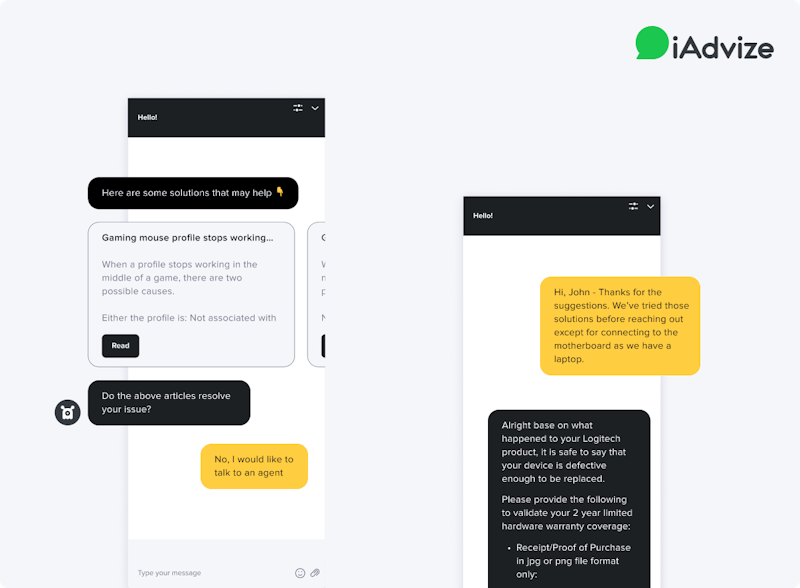
Ultimately, while bots can be on the front lines of your website, they should never stand in the way of connecting with humans. As PwC research uncovered, 82% of consumers in the US say they will want to connect with real people as technology evolves. Yet, nearly 60% felt brands had lost sight of the human side of the customer experience.
Humanizing the Digital Experience
Balancing advanced technology with human interaction is the key to standing out in today’s competitive landscape. Conversational AI offers a personalized approach, ensuring users feel heard and valued.
When chatbots reach their limitations, an effortless switch to human interaction is imperative, allowing brands to deliver exceptional service and present themselves as pioneers in enhancing digital experiences.
The right technology and teams working together can level up your service excellence and give you the best of both worlds: cutting-edge AI customer solutions and passionate brand aficionados.
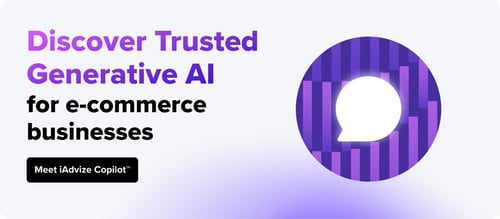

.png)
.png)


